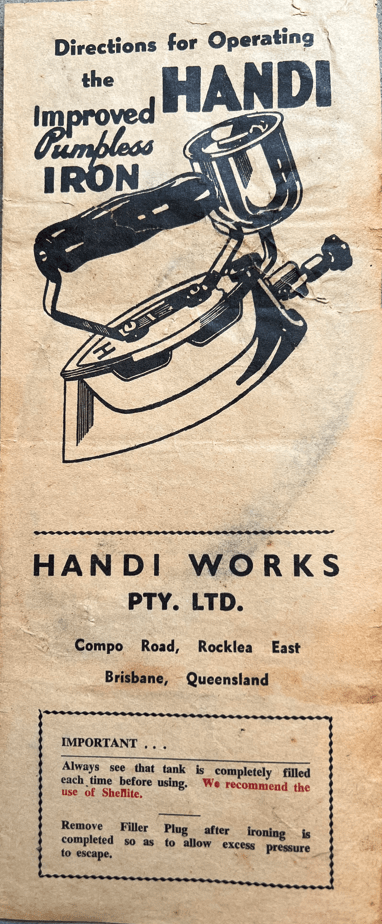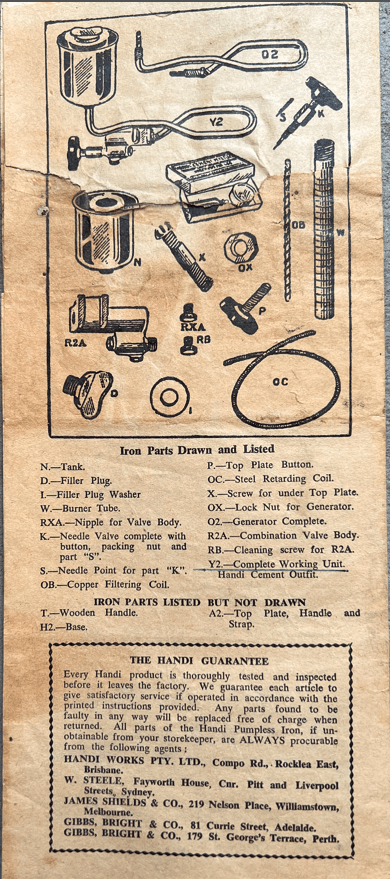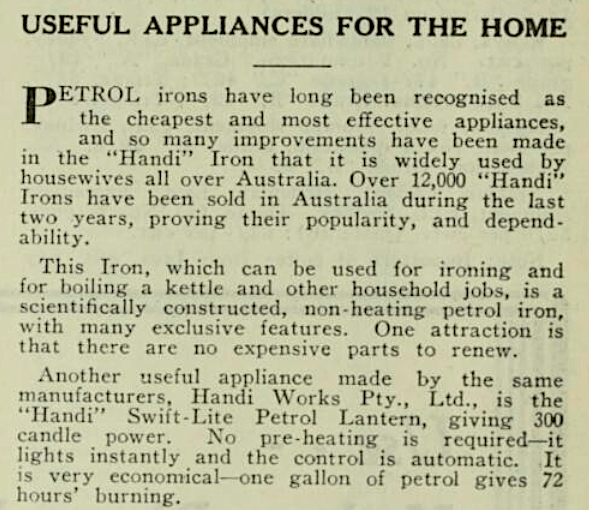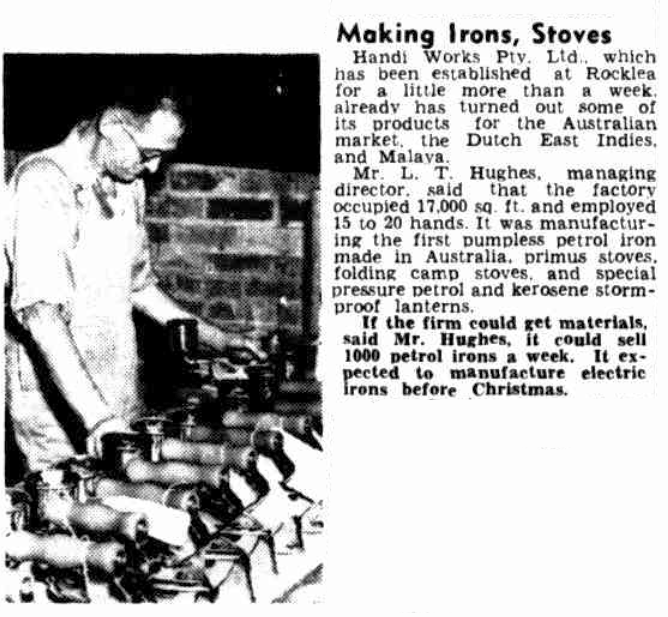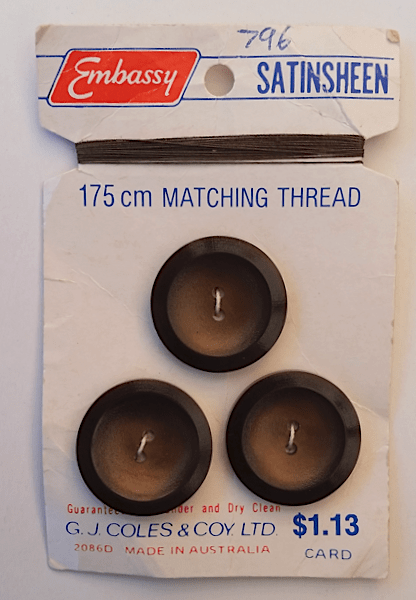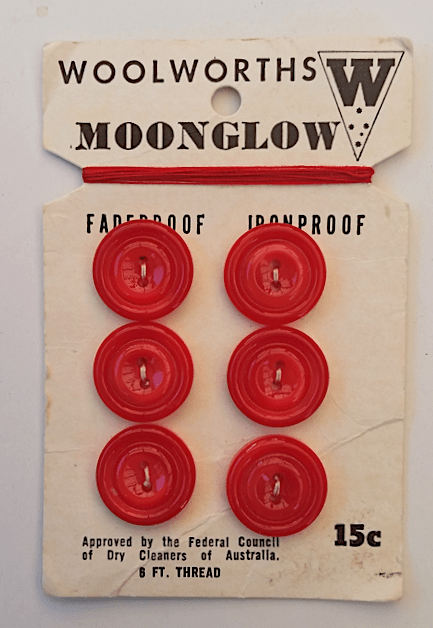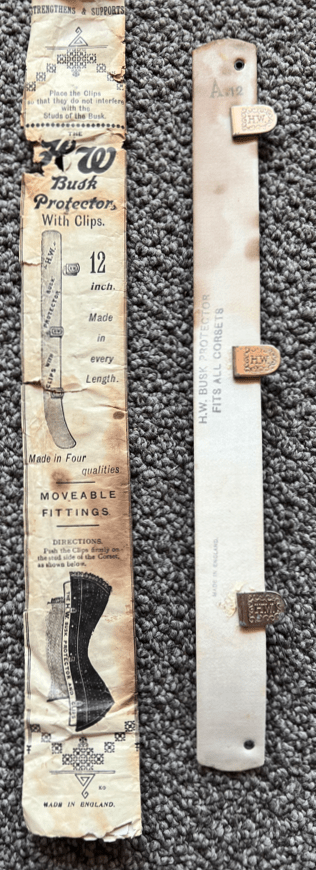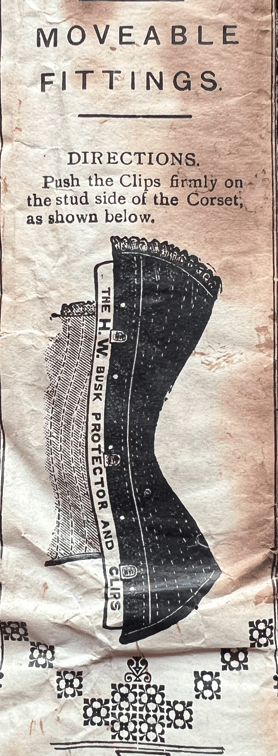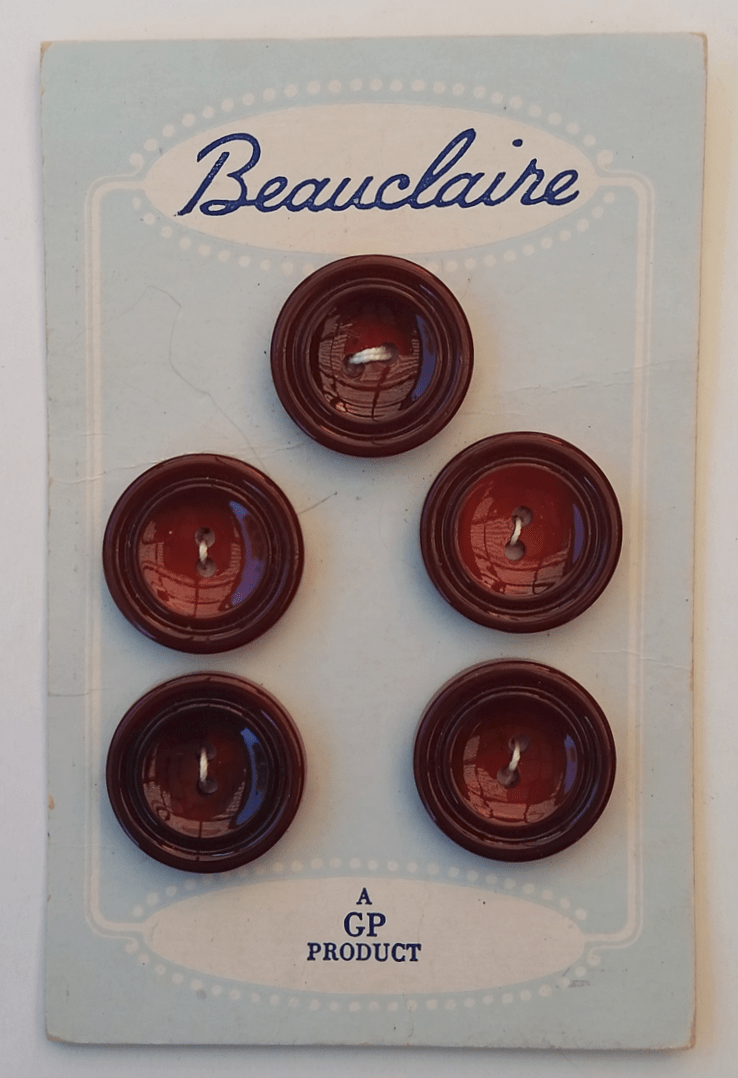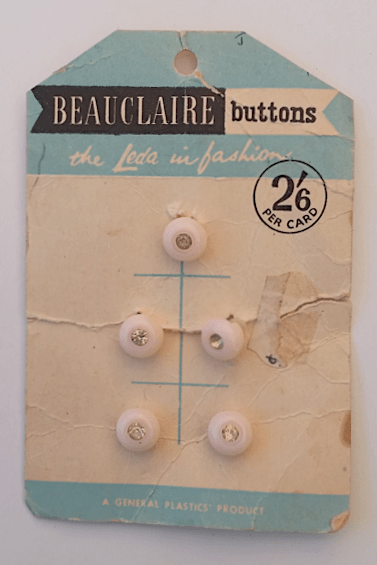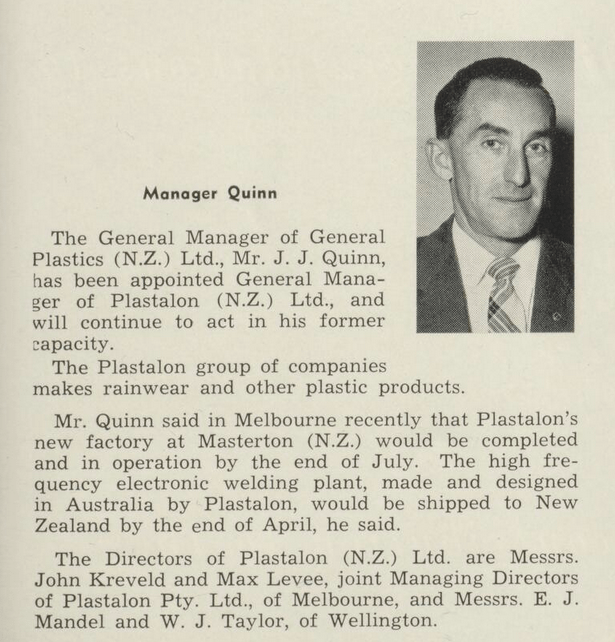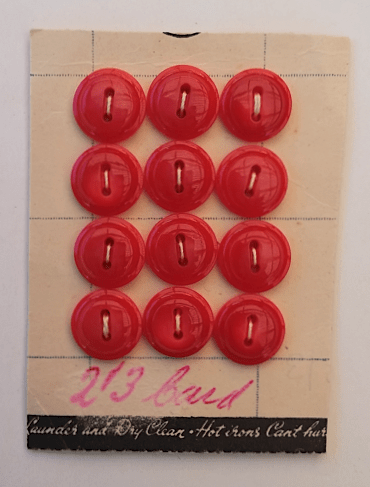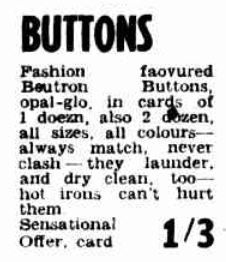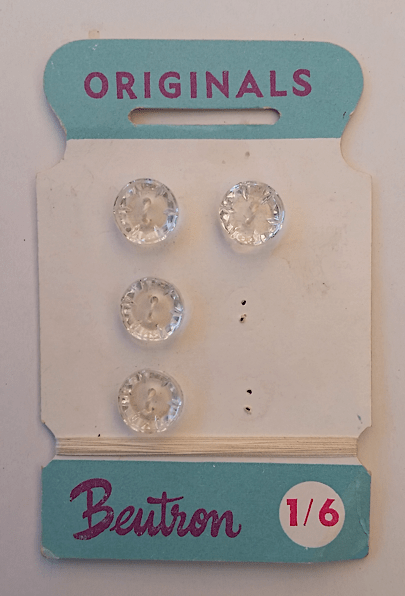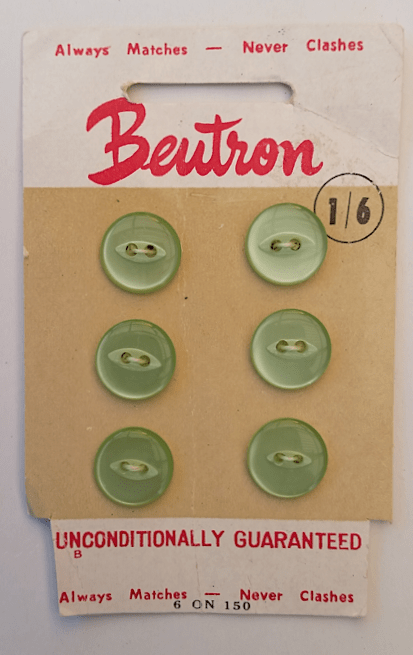Henry Buck’s, Melbourne
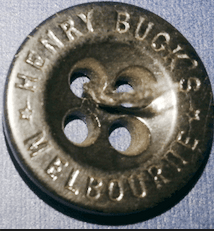
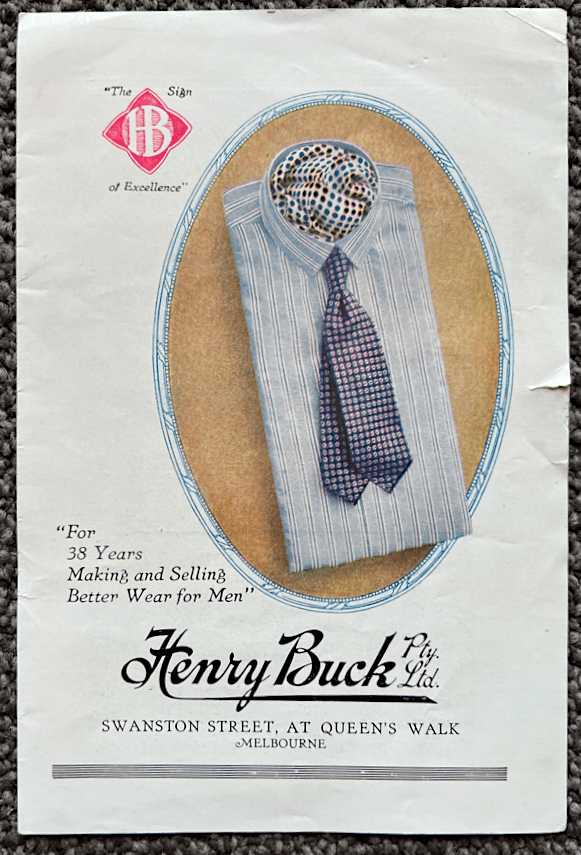
c.1928.
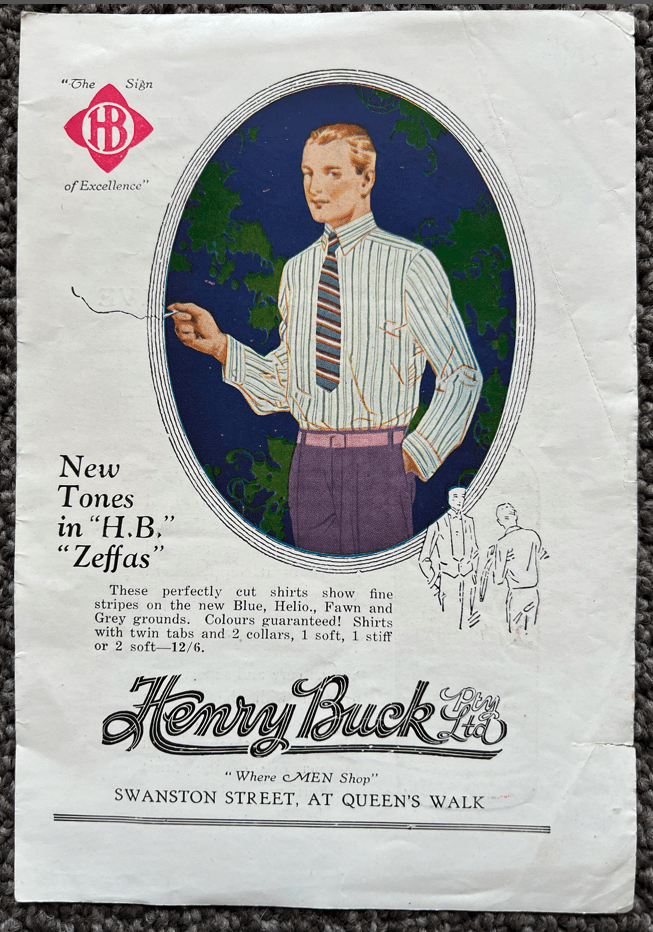
This dates c. 1928, as the advert mentions 38 years of making menswear. Henry Buck was born in London in 1860, although he grew up in Yorkshire. In 1887 he came to New South Wales as he was suffering from tuberculosis. His health improved, he moved to Melbourne for his fiance’s sake, where he would start his men’s shirt business in Swanston Street in 1890.
He was a very successful businessman, and involved in many organisations and charities. He was awarded the Order of the British Empire for his work for the Red Cross during World War 1. His son-in-law, Frederick Dennett, was invited to join the firm, and became a director. Henry died in 1933 whilst in London on an extended holiday. The firm remains a family owned menswear and accessory specialist to this day.
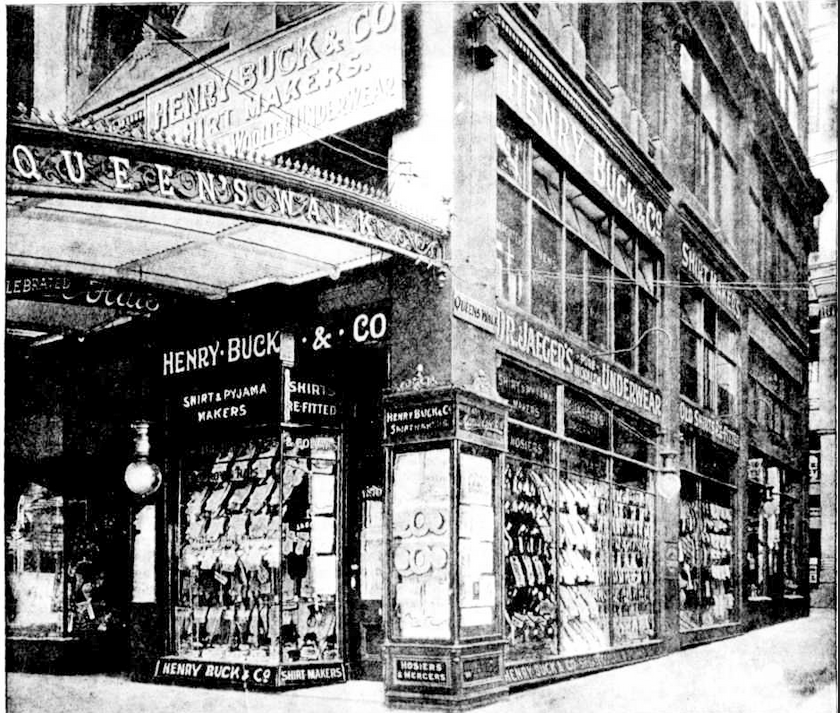
Weekly Times, 26th May 1900 page 5.
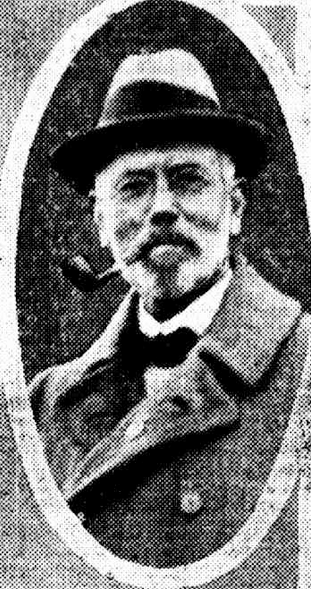
The Herald, 15th May 1917 page 5. Henry Buck ‘Vice President of the Volunteer Motor Corps”

